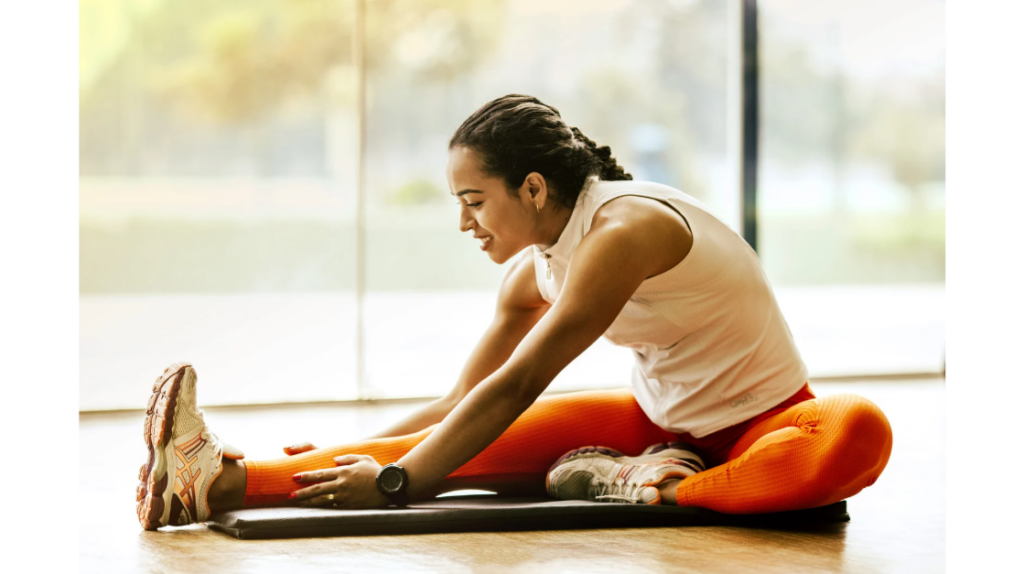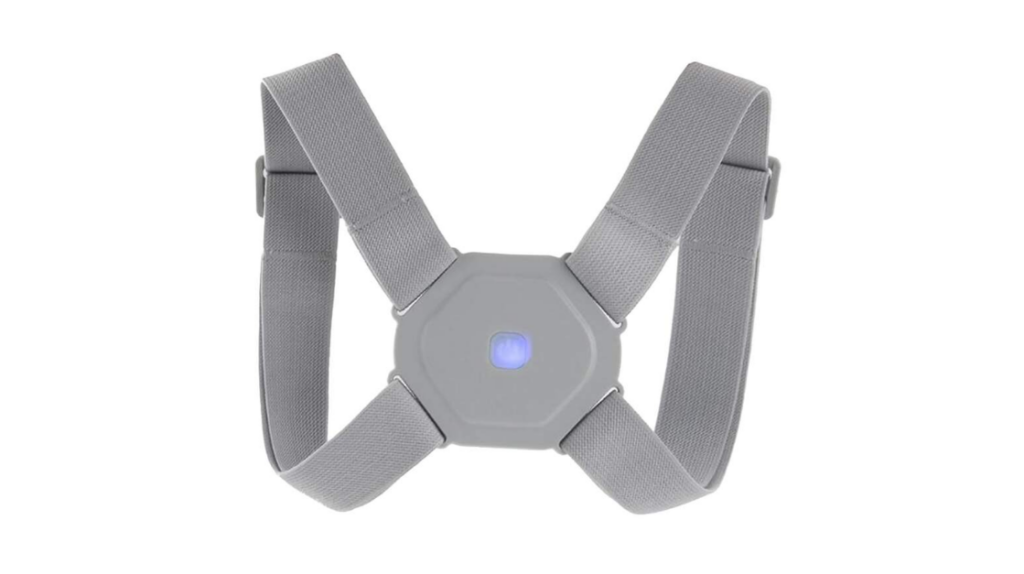Modern lifestyles have led to an increase in posture-related issues due to prolonged sitting, excessive screen time, and a general lack of movement. These habits often result in rounded shoulders, forward head posture, and chronic back pain. In response, a growing number of wearable solutions have emerged, particularly smart posture correctors that claim to improve posture through technology.
The central question remains: Do these devices actually work, and are they a worthy investment for those looking to fix bad posture?
How Smart Posture Correctors Work
Smart posture correctors with sensors monitor spinal alignment and upper body posture. Such devices often use gyroscopes and accelerometers to detect the wearer’s slouched or displaced positions.
Some smart correctors include vibration alerts. When it detects poor posture, a vibration prompts immediate correction. The majority of devices pair with smartphone apps that track progress, report usage analytics, and give posture improvement tips. This integration lets users monitor their posture over time and adjust accordingly.
Unlike traditional posture braces, which provide passive support with rigid or semi-rigid materials, smart correctors encourage active participation. They nudge the user to self-correct instead of holding the body in place, increasing muscle memory and awareness.

Potential Benefits of Smart Posture Correctors
The most important benefit of smart posture correctors is the constant reinforcement of posture awareness. These devices discourage slamming and warn users to straighten their posture as they speak.
Regularly correcting posture may reduce muscle imbalances, spinal misalignment, and chronic pain. Consistent reminders and feedback help those without the device over time, which is very important for forming good posture habits.

Smart correctors also encourage core muscle engagement by keeping users upright. A better posture may also improve breathing, reduce fatigue, and project confidence.
Limitations and Downsides
Overreliance on the device is a concern. Using external prompts alone without incorporating exercises or lifestyle changes may stall progress.
Another limitation is cost. These smart posture correctors are usually much more expensive than traditional braces and less accessible to low-budget folks. Effectiveness depends partly on how consistently and correctly the device is used.
Some users find wearing a device uncomfortable or inconvenient, especially during prolonged physical activity. Their effectiveness also depends on body type, fit, and device sensitivity.
Expert Opinion: Are They Worth It?
Smart posture correctors may be useful in a broader posture improvement strategy. Fitness experts recommend them for people who spend long hours at their desks—office workers or students, for example. Athletes recovering from an injury or having persistent posture problems might also benefit from the immediate feedback.

Yet experts warn against viewing these devices as standalone solutions. Users should accompany these with posture correction exercises, ergonomic adjustments of workspaces, and daily stretching routines. Strengthen the back, core, and shoulder muscles for long-term posture correction.
Experts recommend considering adjustability, battery life, app quality, and sensor accuracy when buying a smart posture corrector. A well-designed device that fits comfortably and gives consistent feedback will likely foster sustainable habits and meaningful improvements.
Frequently Asked Questions
What are the best smart posture correctors available today?
Experts often recommend devices like Upright GO 2 and Zikto Walk for their accuracy, comfort, and app integration.
How are smart posture correctors different from traditional braces?
Smart correctors use sensors and real-time alerts to promote active posture correction, while traditional braces provide passive physical support.
Can I wear a smart posture corrector all day?
Wear them for a few hours a day to avoid dependency and discomfort while promoting muscle engagement.
Are there alternatives to using a smart posture corrector?
Yes, posture-focused workouts, ergonomic workspace setups, and regular stretching are highly effective alternatives or complements to wearable devices.





